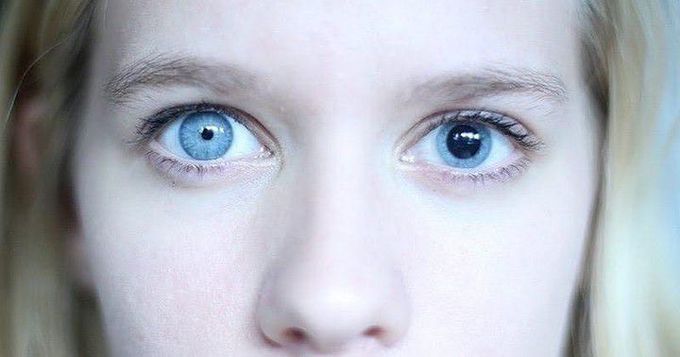


Mydriasis
Mydriasis is the dilation of the pupil, usually having a non-physiological cause or sometimes a physiological pupillary response. Non-physiological causes of mydriasis include disease, trauma (head injury, orbital traum), or the use of drugs (amphetamines, heroin, MDMA, anticholinergics). Normally, as part of the pupillary light reflex, the pupil dilates in the dark and constricts in the light to respectively improve vividity at night and to protect the retina from sunlight damage during the day. A mydriatic pupil will remain excessively large even in a bright environment. The excitation of the radial fibres of the iris which increases the pupillary aperture is referred to as a mydriasis. The sphincter is innervated by (signaled by nerves of) the parasympathetic nervous system, and the dilator by the sympathetic nervous system. Sympathetic stimulation of the adrenergic receptors causes the contraction of the radial muscle and subsequent dilation of the pupil. Conversely, parasympathetic stimulation causes contraction of the circular muscle and constriction of the pupil. The mechanism of mydriasis depends on the agent being used. It usually involves either a disruption of the parasympathetic nerve supply to the eye (which normally constricts the pupil) or overactivity of the sympathetic nervous system (SNS). Pupil diameter also increases in reaction to cognitive tasks requiring memory and attention, and this phenomenon is used as an indicator of mental activation (‘arousal’) in psychophysiological experiments.
Source: https://www.instagram.com/p/CYoOX--s0WJ/?utm_medium=copy_link
